If you’ve ever wondered, “Hey, where can I find me some pigs to swim with?” you might be shocked to learn that the Bahamas has got you covered. What started as five little pigs on Big Major Cay (aka, Pig Island) in the ’90s has bourgeoned into an entire industry of tourists paying good money to swim side-by-side clusters of pigs in the same pristine, turquoise, shimmering Caribbean waters — basically what every farmer would gasp at. And if you’re learning this for the first time and think that it sounds like a questionable idea, then your instincts are spot on.
Granted, there are plenty of reviews on sites like
Tripadvisor
calling the Bahamas’ swimming pigs “cute” and “sweet” and swimming with them “cool” and “wonderful.” Then there’s the reviews that approach the experience without the gloss of the Bahamian sun, calling the pigs “gross” and “aggressive” and the experience “more hype than amazing.” A lot of people mention one piggy behavior in particular, saying that they bite — a lot. Pictures of no-joke bruises attest to the truth of these claims, with one person saying that antibiotics were needed after-the-fact. Then there’s reports of pigs carrying diseases like ringworm and ascariasis, and plenty of accusations of animal cruelty.
Bottom line: If you’ve got your heart set on booking a pig-swimming experience in the Bahamas, then go for it, but be aware of all of the above concerns. Alternatively, you can support an animal conservation center like the Ardastra Gardens and Wildlife Conservation Center or visit one of Baha Mar hotels’ interactive animal experiences, where you can do things like see animals like sharks, sting rays, turtles, and starfish up close. No pigs, though, sorry.
Read more:
The Hidden Dangers Of Swimming In The Caribbean Sea
Aggressive Swine, Illnesses, and Issues Regarding Animal Care
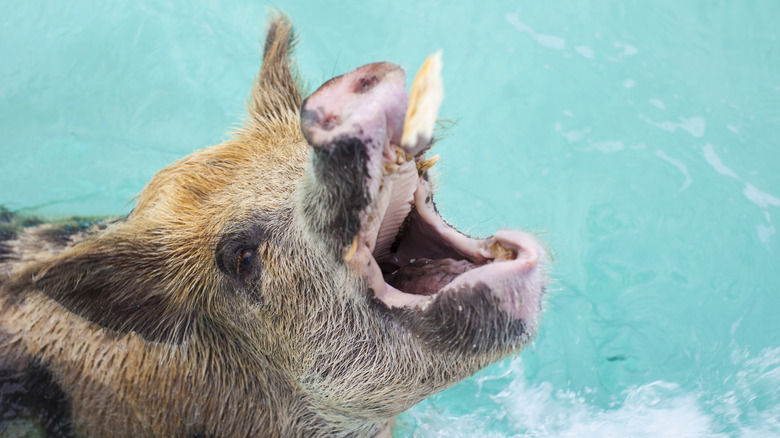
Domesticated or not, pigs aren’t timid pushovers. Yes, they’re sociable, inquisitive, can be affectionate, and are possibly smarter than dogs. They can also get ornery when afraid, threatened, or when they feel confined or when competing for resources. Females also get competitive for breeding rights and territory. In all cases, such stressors lead to biting, especially if mama and baby pigs are mixed together. So if the pigs in the Bahamas are biting people, it’s not without reason.
This brings us to the animal welfare concerns within the entire sector. While it may appear charming when a piglet eagerly approaches a visitor for food, this behavior stems from receiving sustenance primarily from tourists, leading them into competition with each other. The pigs remain oblivious to these dynamics and can be penned up before being pushed into the water, struggling desperately against drowning and death. During these events, their unprotected skin often burns under intense sunlight until it becomes raw and scabby. Additionally, from an economic perspective, individuals seeking quick profits could purchase several piglets along with most of a breeding sow’s yearly offspring, which typically ends up slaughtered and consumed instead.
And finally, there’s the disease angle. Pig feces and urine carry all sorts of bacterial diseases like leptospirosis, a blood infection, or cryptosporidiosis, which causes watery diarrhea. Then there’s parasitic diseases like ringworm and ascariasis, a type of roundworm. While this all sounds grim, it’s also just factual. If you’re thinking of doing a little pig swimming on your trip to the Bahamas, all of this kind of information needs to be taken into account.
What Alternatives Exist Besides Swimming with Pigs?
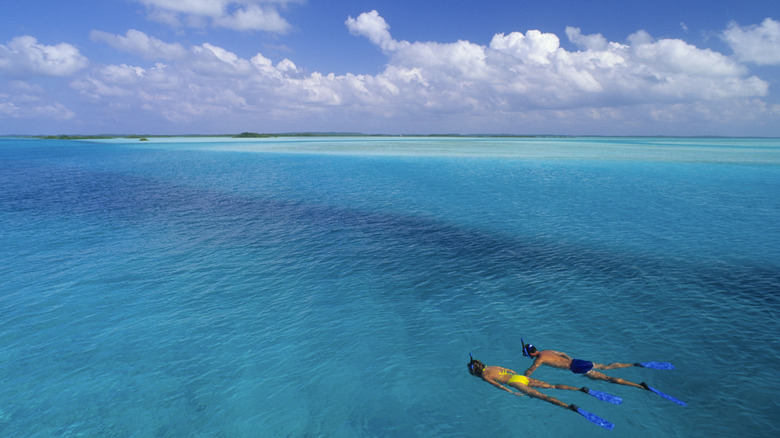
If we were being glib about good alternatives to pig swimming in the Bahamas, we would just suggest swimming, minus the livestock. You could snorkel and dive in the blue waters of
One of the less famous Bahamian islands, Mayaguana, is renowned for its unspoiled charm and hidden sandy shores.
. You could even go all out and connect to wildlife, not domesticated life, in the
Exuma Cays Land and Sea Park, the oldest national park in the Bahamas
. Or you could just hang out one of the
top getaway spots in the Bahamas
And occasionally dive into the pool.
However, if what you desire is interacting with animals combined with total submersion in the balmy Caribbean water, then unfortunately you may not find exactly what you’re looking for unless you go along with your pet dog. Alternatively, consider visiting the Baha Mar resort complex situated in Nassau, which lies north-east of the primary islands within the Bahamas archipelago. This location provides numerous opportunities for engaging with wildlife such as practicing yoga alongside flamingos, participating in bird-feeding sessions, getting acquainted with macaws, and taking part in child-oriented learning experiences. Additionally, they feature an interactive touch-tank session allowing participants to observe—and gently interact with—sharks, stingrays, and sea turtles at close range, all while touching various marine creatures in a shallow pool setting. It’s important to book ahead since these activities cater well to younger guests.
Meanwhile, Ardastra Gardens & Wildlife Conservation Centre stands as the sole conservation center in the Bahamas—making it an ideal spot for support. This facility specializes in flamingos, which are indigenous to the Bahamas; however, they also have daily interactions with adorable and fuzzy rabbits scheduled from 2:30 p.m. to 3 p.m. each day.
Eager to uncover additional concealed treasures and get insider travel advice?
Subscribe to our free newsletter
for access to the world’s best-kept travel secrets.
Read the
original article on Islands
.

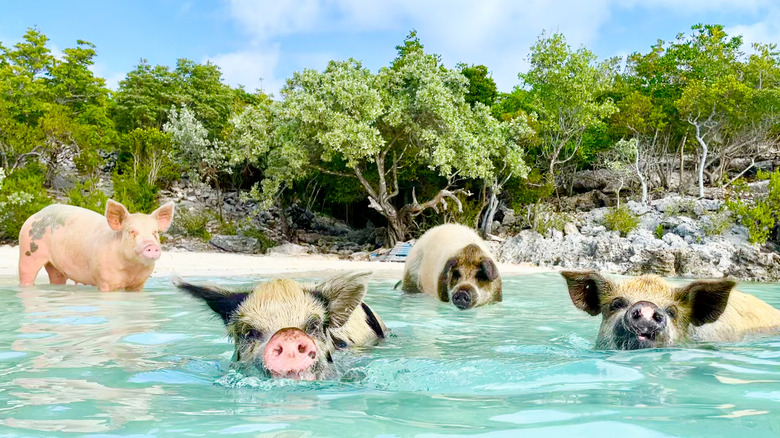

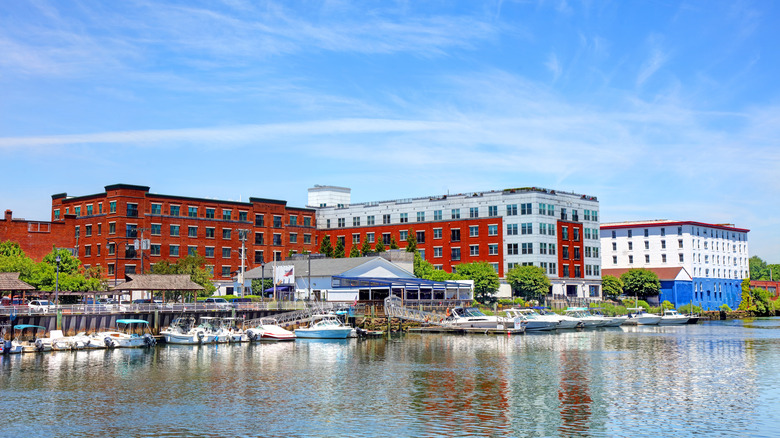


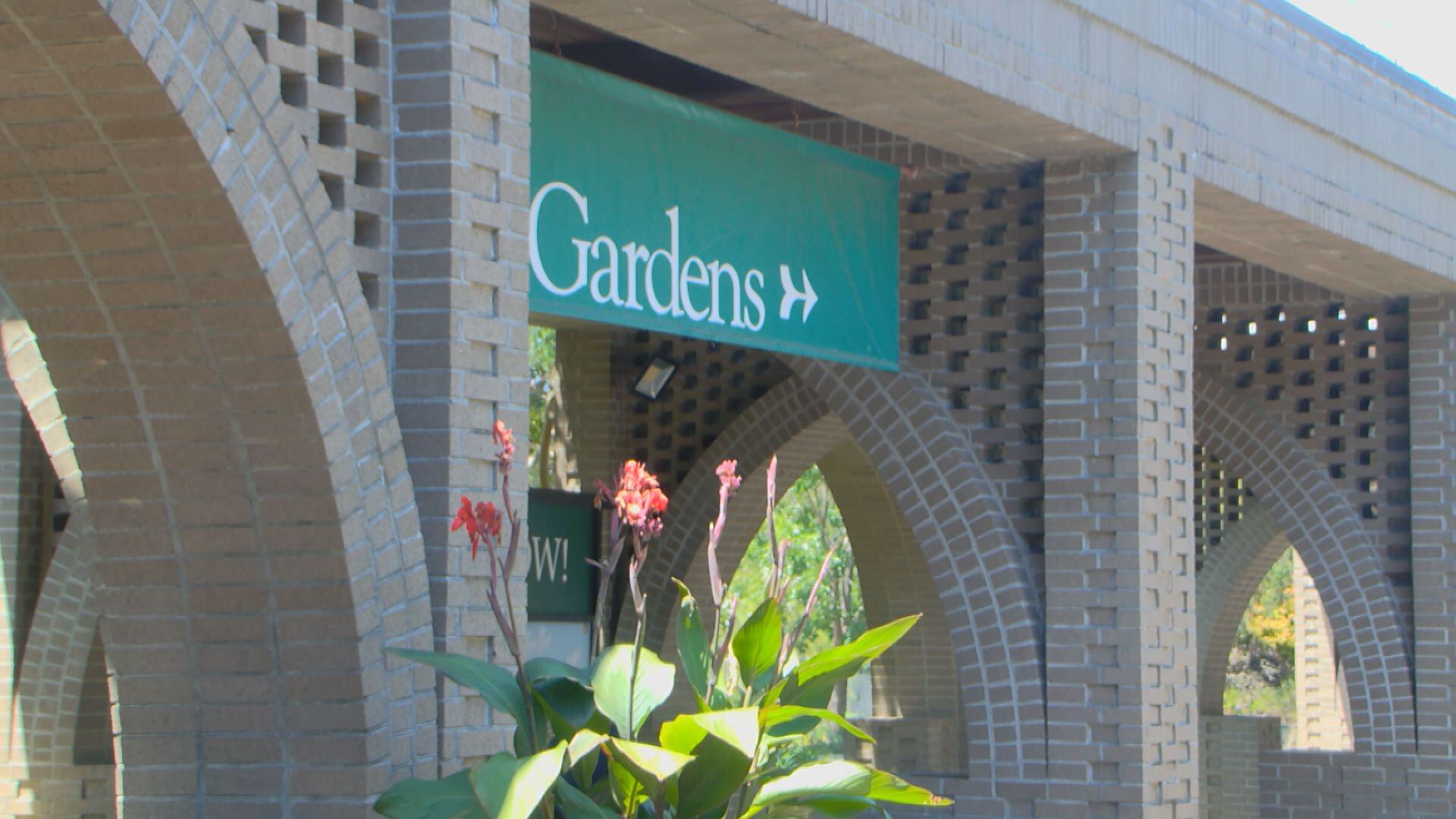






Leave a Reply